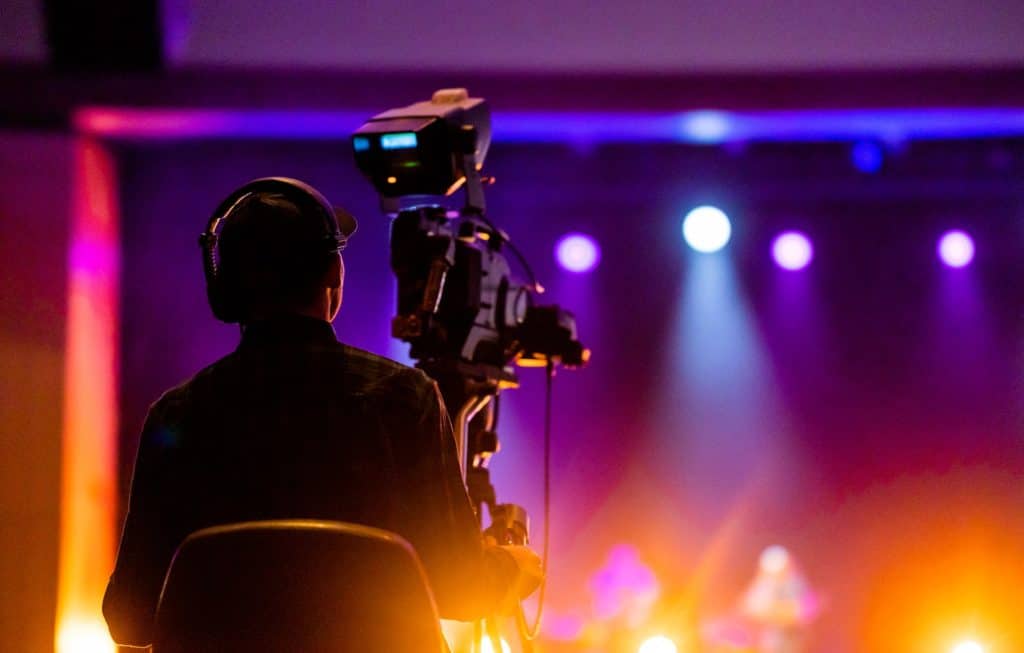Conquering Obstacles in the Craft of Video Image Projection Mapping Execution
Wiki Article
Video projections mapping technology is an innovative method that transforms common surfaces into engaging presentations. This method enables artists and design professionals to project visuals and videos onto items like structures, statues, or stages, creating an engaging aesthetic experience. However, despite its capabilities, executing video projection mapping successfully comes with several obstacles. Understanding and overcoming these obstacles is essential for anyone looking to create memorable projection art.
One of the primary challenges in video projection mapping is guaranteeing that the projected graphic aligns perfectly with the surface. This process, known as "mapping," demands precise calculations and calculations. If the display is not aligned correctly, the visuals can look distorted or off. To address this problem, artists often use specialized software that helps in mapping the visuals to the object's dimensions. Moreover, conducting comprehensive tests before the final projection can help detect any misalignments and enable for adjustments to be made.

Another significant challenge is the varying luminosity and hue of the displayed visuals. Different materials respond differently to light, which can affect how the shades look once cast. For instance, a pale material will bounce brightness variously than a dark one. To overcome this, creators must consider the material characteristics before choosing the colors and light levels for their projections. Testing the display on the actual surface during the preparation phase can provide valuable understanding into how the final show will appear.
Technical difficulties can also create a challenge in video projection mapping. Issues such as equipment failure, software glitches, or network problems can interfere with the entire production. To minimize these threats, it is vital to conduct comprehensive equipment inspections and have backup plans in position. This can include having extra cables, projectors, and even backup software options ready to go. Being ready for technical issues can ensure a smoother execution of the display.
Finally, audience engagement is an essential aspect of video projection mapping. While the graphics are critical, how the audience interact with the display can make a significant difference. Artists must consider about how to create their displays to attract viewers’ focus and promote participation. This can entail adding elements that encourage engagement or create a story that connects with the viewers. Gathering input from test audiences can also help enhance the presentation to improve important source engagement.
In summary, addressing challenges in video projection mapping demands meticulous preparation and innovation. By tackling the issues of matching, luminosity, technological browse around here problems, and audience engagement, creators can produce stunning and effective projections. With the right approaches in position, video projection mapping can change common areas into remarkable experiences, captivating viewers and creating a lasting impression.